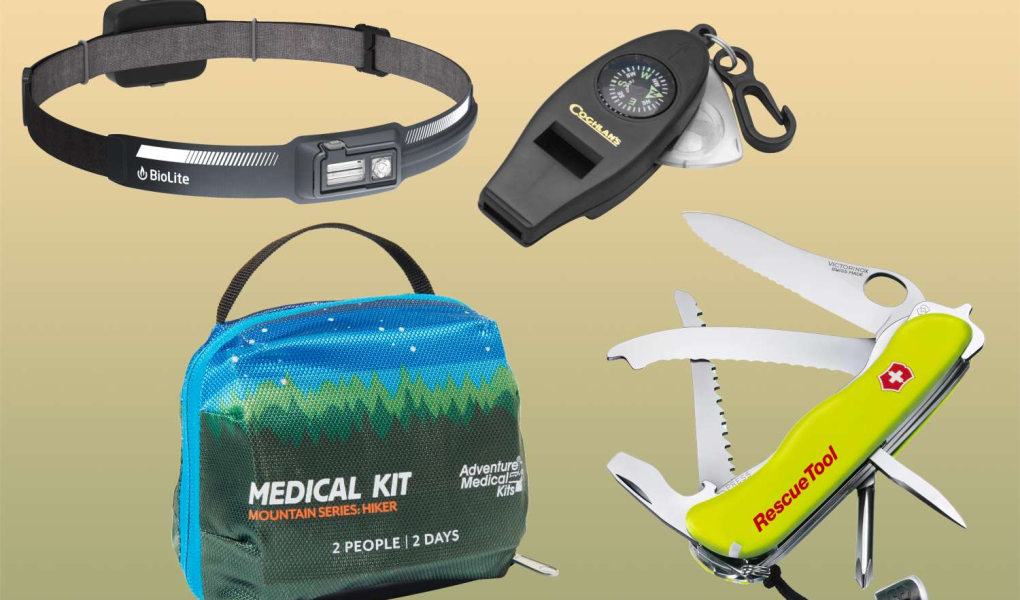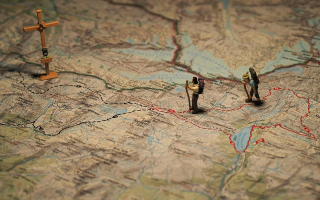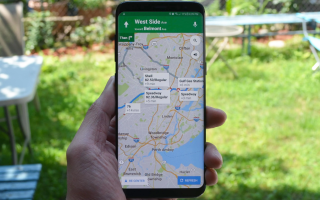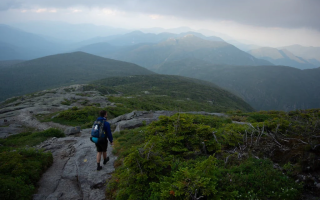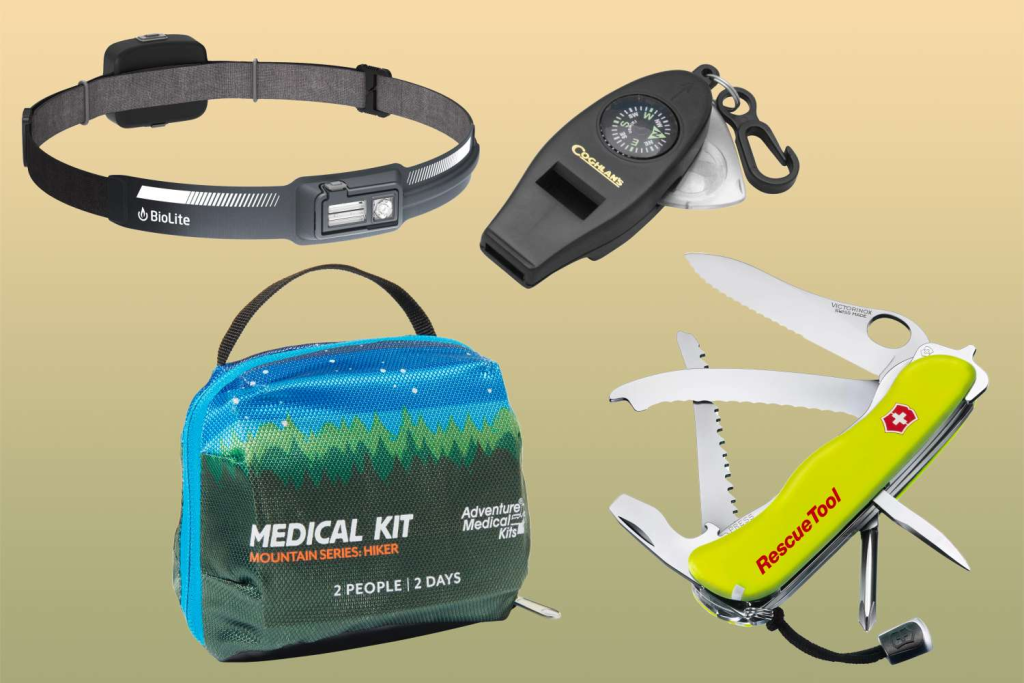
Safety is the only way home
The allure of hiking lies in exploring the unknown, yet respecting the unknown and being well-prepared are the hallmarks of the wise explorer. Beyond the gear in your rucksack, certain ‘soft preparations’ are paramount. They add no weight yet significantly enhance your safety margin. Here are five safety preparations most beginners overlook.
I. Weather Checks: More Than Just ‘Sunny’ or ‘Rainy’
Beginner’s Approach: Glance at the mobile weather forecast and set off if it shows sunny.
Professional approach:
Use specialist weather apps: such as Windy, to access precise mountain forecasts. Urban sunshine may conceal mountainous regions shrouded in rain or mist.
Monitor key indicators:
Temperature vs. wind chill: Mountain winds often make temperatures feel colder than readings suggest.
Wind speed: Strong winds not only impede progress but rapidly strip body heat, heightening hypothermia risks.
Sunrise/sunset times: Precisely calculate your walkable window.
II. Route Plan: Your Lifeline Document
Amateur approach: Tell a friend ‘I’m off hiking on XX Mountain.’
Professional approach: Prepare a detailed route plan for at least one reliable contact. Include:
Hiking track link: Web link to your planned route.
Key Timelines:
Departure time, estimated arrival times at key waypoints, and projected finish time.
Vehicle Details:
Registration number and parking location.
Companions and Equipment:
Names and contact details of fellow hikers, plus critical gear carried (e.g., tent, stove).
Final Check-in Time:
Agree upon a specific time. Should you fail to report your safety by this hour, your contact must immediately initiate the prearranged emergency protocol.
III. Equipment Check, Especially the ‘Three Essential Lifesaving Items’
Novice Approach: Packing a rucksack, food, and water, believing that suffices.
Professional Approach: Ensure these three feather-light yet crucial items are always in your pack, and that you know how to use them:
Headlamp/Torch (+spare batteries): Regardless of whether you plan to hike at night. Any delay could leave you in the mountains after dark.
Rescue whistle: Blowing a whistle conserves energy and carries further than shouting when signalling for help. The international distress signal is three short blasts followed by three long blasts.
Emergency thermal blanket: Use the gold side outwards to reflect heat and retain warmth, or the silver side outwards to reflect sunlight and cool down. This is a lifesaving tool in cases of hypothermia or injury.
IV. Physical Preparation: Pre-trip “Fueling” Outweighs Mid-trip “Refuelling”
Novice Approach: Relying on energy gels and sheer willpower to complete the hike without regular exercise beforehand.
Professional Approach:
Ensure Adequate Sleep: Prioritise sufficient, high-quality sleep the night before hiking.
Balanced Nutrition: Increase carbohydrate intake the day before to replenish glycogen stores. Consume a substantial yet not overly filling breakfast on the day.
Warm-up: Spend 5-10 minutes on dynamic stretches before setting off to activate muscles and prevent injury.
V. Mental Preparation: Respect Nature and Maintain Flexibility
Amateur Approach: Persisting with ‘must reach the summit/complete the route’ determination, ignoring bodily warnings and weather changes.
Professional Approach: Adopt the mindset that ‘a safe retreat is not failure.’ Decisively abandon the original plan and retreat when encountering:
Weather deteriorates rapidly.
Experience abnormal pain or discomfort.
Become lost and unable to regain the correct path within a short timeframe.
Fall significantly behind schedule, making it impossible to descend before nightfall.
These preparations are an act of respect before engaging with nature. They allow you to enjoy freedom while securing that invisible safety line.
